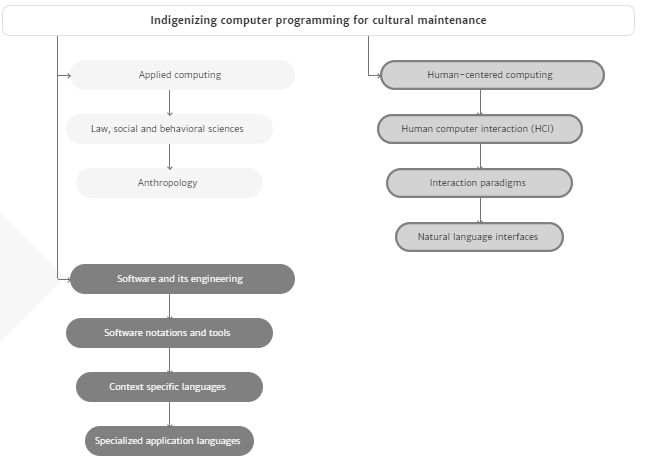Article link: Broadening Participation Toward Culturally Responsive Computing Education
“Improving academic success and social development by merging computational thinking with cultural practices.” (Eglash et al., 2013, p.33)
Culturally Responsive Computing (CRC) is a prominent framework in technology education that is based on the Culturally Responsive Teaching (CRT ) body of work and its three main pillars : Asset building, reflection, and connectedness. Unlike Ethnocomputing, which I discussed in previous posts, CRC encourages participants to engage, reflect, and build together while challenging the status quo in computing..
In the given article, Eglash et al. (2013) claim that CRC can raise the interest of underrepresented groups in the technology field. They argue that cultural factors have a significant role in the underrepresentation problem of STEM and computing education and reject the cultural and genetic determinism myths. They stated, if children or teachers believe in these stereotypes, they can have real [negative] impact. Following this, they provided few approaches that are using the CRC framework and addressing the non-economic barriers to computing:
- The heritage culture of Indigenous knowledge: such as using patterns of the native American beam-loom tool.
- Vernacular culture: such as using music in the teaching of Python.
- Civic Culture in Computing education: such as using the cartesian structure of Navajo rugs to learn about coordinates in GIS.
- Hacking culture in computing education: such as designing new things with existing hardware, recycling motors from discarded printers, which in turn, raises the students’ awareness of the problem of “e-waste” (Eglash et al., 2013).
In their conclusion, Eglash et al. (2013) state that CRC is not only meant to enhance students’ achievements in tests but what is more vital is that it may help to develop a healthy self-identity in children “from devalued or disempowered ethnic groups” (p.36). Overall, the article complements several of Eglash and his associates’ work in ethnocomputing publications. However, with a new perspective (i.e., CRC) that encourages framing computing education into a social justice lens.
References:
- Eglash, R., Gilbert, J. E., & Foster, E. (2013). Broadening participation toward culturally responsive computing education. Communications of the ACM, 56(7), 33-36.
